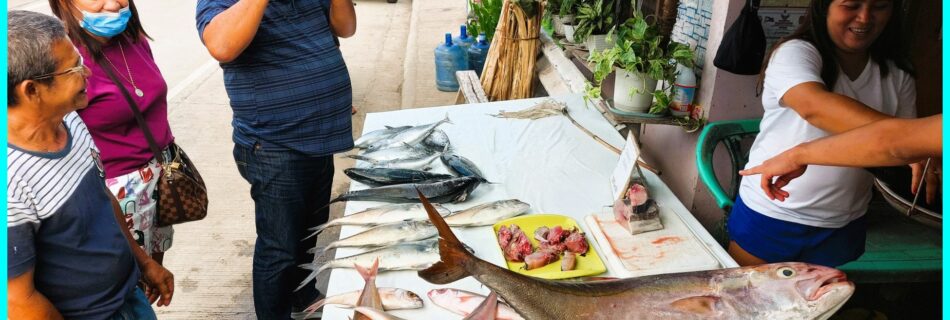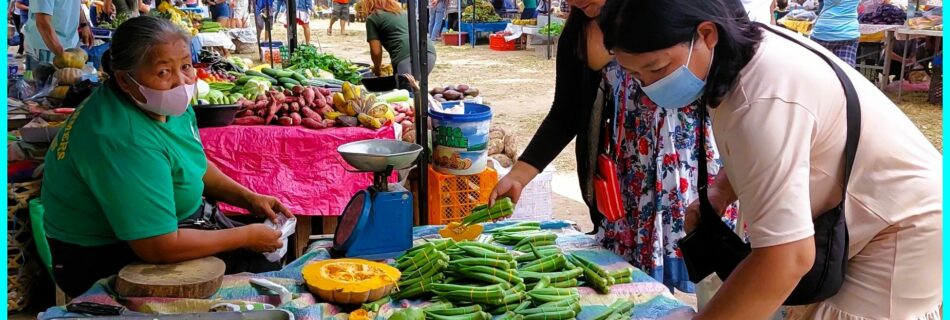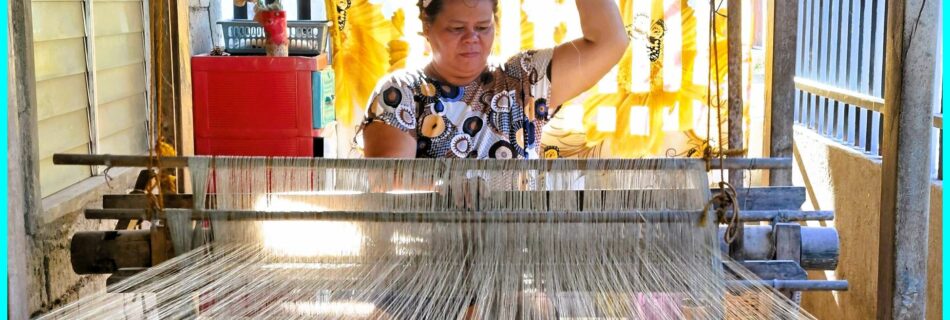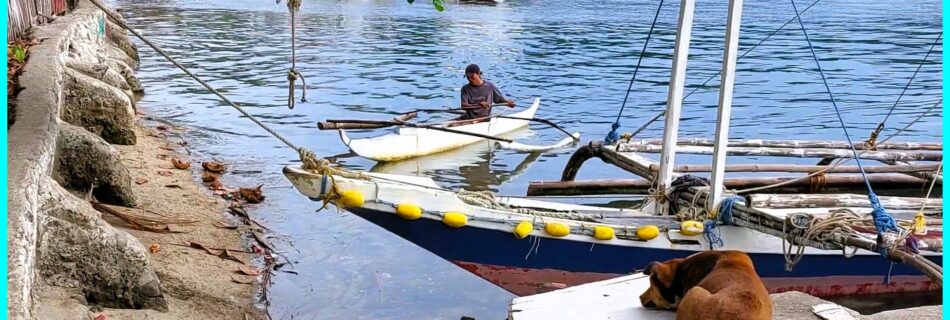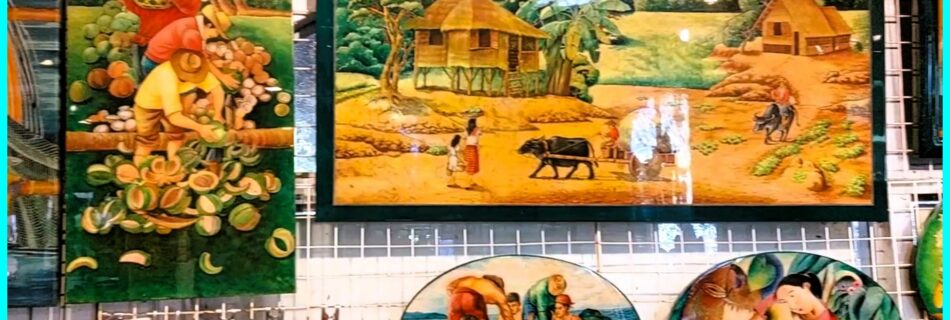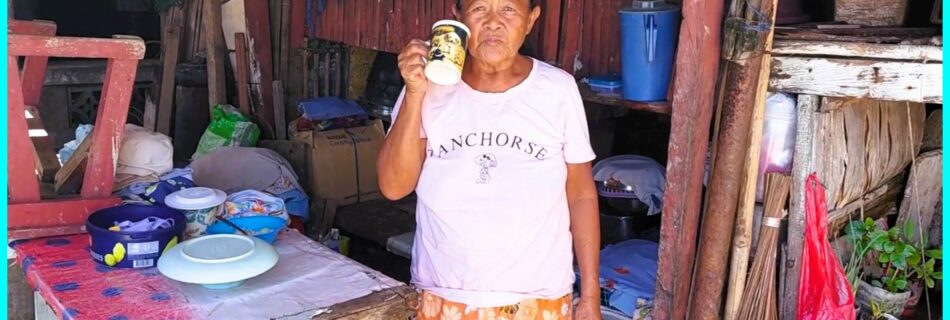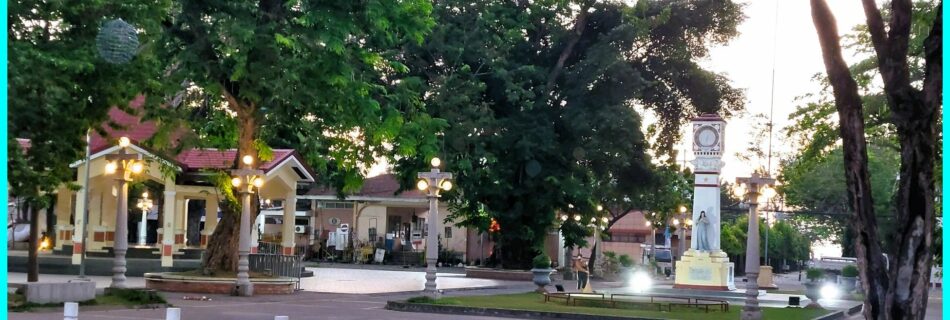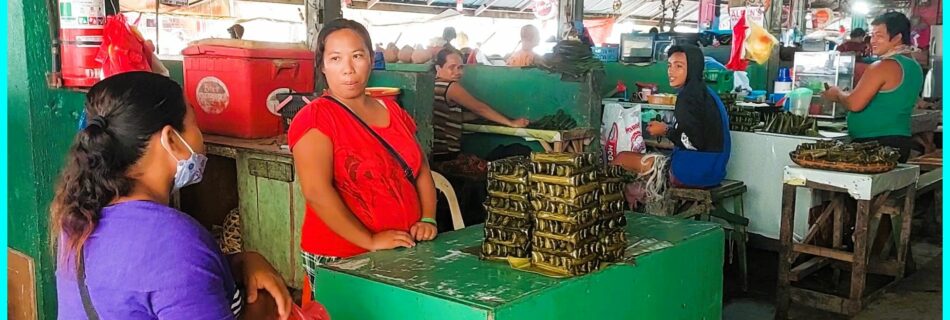Photo of the Day for April 2, 2024 – Locally caught fish at the National Highway in Dauin
In the coastal towns of Bacong and Dauin, Negros Oriental, nestled along the National Highway, lies a culinary treasure trove that seafood enthusiasts cannot afford to miss—the bustling fish stalls. These stalls, brimming with an array of freshly caught seafood, offer a glimpse into the region’s rich marine bounty and vibrant culinary culture. Each morning, as the sun begins to rise, local fishermen return from their nightly expeditions, hauling in their catch of the day. From succulent prawns to plump squids, and from delectable fish varieties to exotic shellfish, the stalls boast a diverse selection of seafood, freshly harvested from the surrounding waters. The atmosphere at these fish stalls is nothing short of lively, with vendors energetically touting their prized catches and engaging in animated banter with customers. Visitors can expect to be greeted by the sights and sounds of bustling activity as they navigate through the rows of stalls, each one offering its own unique assortment of seafood delights. For many locals, a trip to the fish stalls is not just about purchasing seafood; it’s a cherished ritual—a chance to connect with the coastal heritage of their region and savor the flavors of the sea. Whether it’s a family gathering, a special occasion, or simply a craving for fresh seafood, the fish stalls of Bacong and Dauin provide the perfect destination for seafood aficionados. Moreover, the experience goes beyond just buying seafood; it offers an opportunity to interact with the friendly vendors, learn about the different varieties of fish, and even pick up some cooking tips and recipes. Many stalls also offer cleaning and preparation services, ensuring that customers can enjoy their seafood hassle-free. As visitors peruse the stalls, they’ll also encounter an assortment of local delicacies and condiments, such as tangy vinegar dips and spicy sauces, adding an extra dimension to their culinary adventure. And for those who prefer to dine on the spot, several stalls offer grilling services, allowing patrons to enjoy their seafood fresh off the grill, accompanied by scenic views of the surrounding coastal landscape. In addition to its gastronomic offerings, the fish stalls also play a vital role in supporting the local economy, providing livelihood opportunities for fishermen and vendors alike. By patronizing these stalls, visitors not only indulge in delicious seafood but also contribute to the sustainable development of the local fishing industry. In conclusion, a visit to the fish stalls of Bacong and Dauin is an experience that promises to tantalize the taste buds, ignite the senses, and leave a lasting impression. Whether you’re a seafood enthusiast, a culinary explorer, or simply a lover of authentic local experiences, these vibrant stalls offer an unforgettable journey into the heart of Negros Oriental’s coastal culinary heritage.
